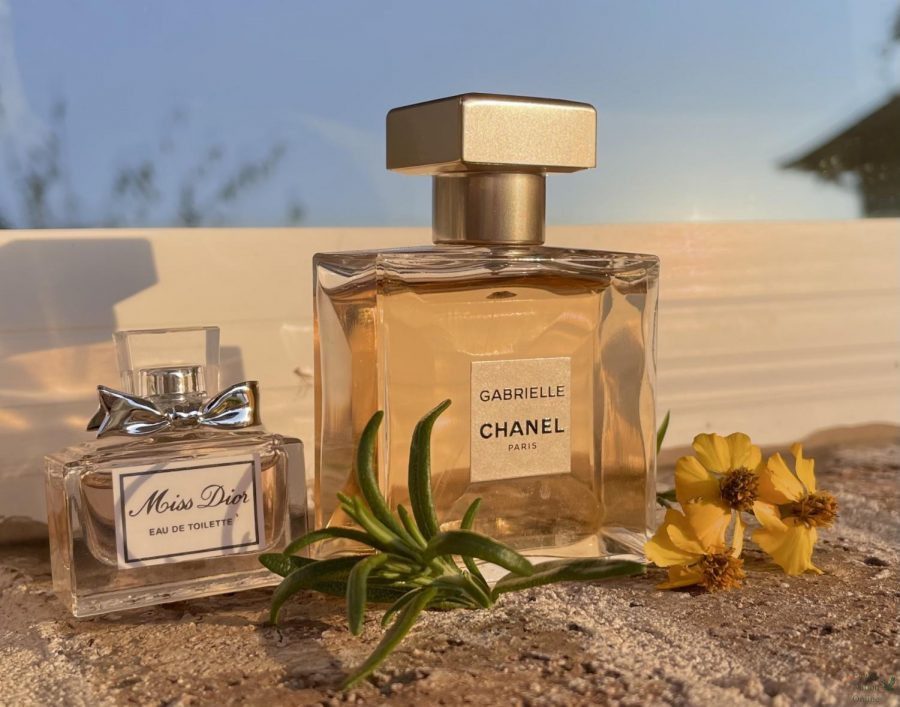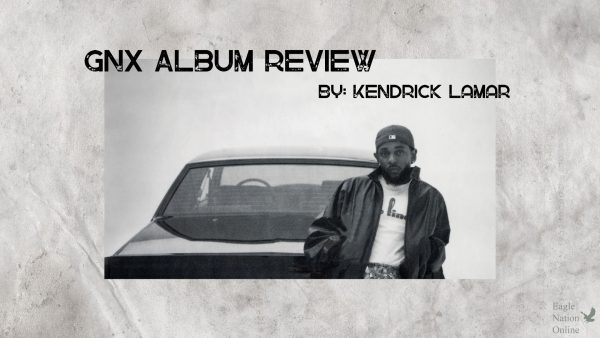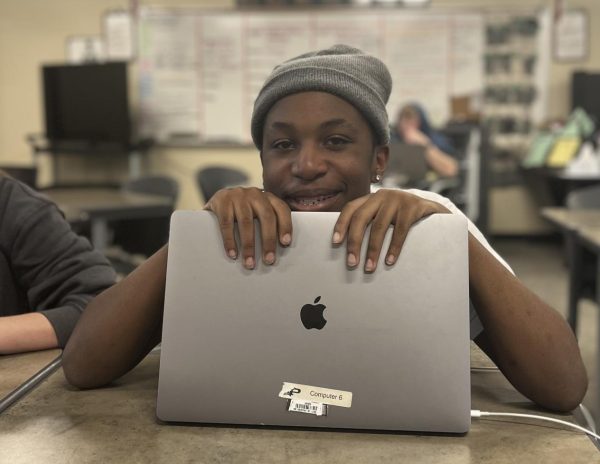Column: Perfume through ages, self-confidence from scents
Writer discusses history of perfume, impact on self-image
Pictured next to various flowers are two perfumes, Chanel’s “Gabrielle” and Dior’s “Miss Dior,” two of Kalyani Rao’s favorite perfumes. “The Gabrielle perfume is one of the first perfumes I ever bought,” Rao said. “I found out about it all the way back in 2015, when I heard Kristen Stewart had recently become a Chanel ambassador. I loved her, so of course I had to save up and buy the perfume that she was the face of. On the other hand, the mini Miss Dior sample is one of my new favorites. I love the subtle floral scent.”
According to iconic actress Marilyn Monroe, “There are no women who do not like perfume. There are women who have not found their scent.”
Perfume has been favored by both women and men as a tool to enhance attractiveness for as long as 5,000 years – all the way back to the ancient world, when scented oils were used as perfume by those who could afford to adorn themselves with luxurious scents.
The first known perfume maker was a female chemist named Tapputi, mentioned in a cuneiform tablet dated to 1200 B.C. in Babylonian Mesopotamia. She used flowers, oil and calamus, along with cyperus, myrrh and balsam to make her perfumes. She added water or other solvents to the solid ingredients, and then filtered the mixtures to make wearable scents.
Ancient Egypt was one of the first societies to include perfume in one’s everyday beauty routine. Egyptian mythology even notes the god Nefertem as being the “Lord of Perfume.” He is often depicted carrying water lilies, which were a common ingredient in ancient perfume.
In ancient Egypt, scents were used mainly for ritual and religious purposes, but the intense trade of spices, aromas and resins on the Silk Road trading routes led to the use of natural scents as part of daily hygiene and cosmetic routines. Fine woods, scented resins, myrrh and incense made up some of the main ingredients of the scents of the time, as they still do in many parts of India, Arabia and the Middle East – where they originated.
Perfumes in ancient Persia were especially revered by nobles and kings, and many of them had unique scents created for them that only they could wear. Persian King Persepolis Darius is often pictured holding his bottles of perfume or incense, while King Xerxes has also been pictured with water lilies.
Ancient Roman and Greek perfumers actually recorded their perfume-making from as early as 1850 B.C. to such refined detail that scientists are attempting to recreate their formulas in the 21st century – almost 4,000 years later.
To create your own Roman perfume, all you need is a liquid base, usually a type of oil such as olive oil, and a scented essence. Romans used various methods to extract a scent from flowers, seeds, leaves, bark and other fragrant plant material. Some methods include steeping or boiling in oil, pressing and then squeezing in a cloth.
Romans were estimated to use about 2,800 tons of imported frankincense and 550 tons of myrrh a year. These fragrances were used in their public bathhouses to scent the water, and in body care items such as balms, oils and perfumes for skin and hair. Even public spaces might be scented: Emperor Nero was so crazy about roses, he had silver pipes installed so that his dinner guests could be spritzed with rosewater.
In India, perfume has always been a regular part of society. Men were anointed with sandalwood during ceremonies, women adorned with oils of jasmine on their hands, patchouli on the neck and cheeks, musk on the abdomen, sandalwood on the thighs and saffron on the feet: a sort of human “fragrance pyramid,” literally with head, heart and base notes. The use of sandalwood in India goes back 4,000 years – not just as perfume and a disinfectant, but as a building material for Hindu temples.
Europe caught on to the use of perfumes much later than the rest of the world. During the Crusades in the 11th century, perfume began to be brought back to European countries along with other Eastern goods. The celebrated Arabian physician Avicenna, a “master of medicine,” is said to have been the first person to have perfected the distillery of rose petals in the 10th Century.
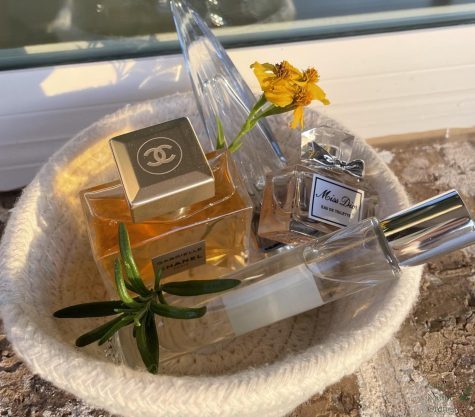
By the 14th century A.D., Italians had nearly perfected the perfume-making process. Marco Polo brought many unique aromatics back from his travels, which turned Venice into a major fragrance trading post. The use of ethanol, a form of alcohol, allowed perfume to be preserved for longer periods of time.
Catherine de Medici, a wealthy Italian who married the French king in 1519, is often credited with bringing perfume to the rest of Europe. Her Italian perfumer, Rene le Florentin, created a signature scent for her out of orange blossom and bergamot.
Perfumes haven’t changed much since the 14th century, apart from the refinement of techniques used to make them. Perfumes are still used to increase the attractiveness or unique identity of the wearer.
Perfume completes the package, creating the impression that you care about your appearance and take care of yourself. This can help people create good first impressions at interviews, meetings and especially first dates. Scents are inexplicably linked to memories and emotions, and certain smells can evoke strong feelings of happiness or trigger fond memories, taking you back to special moments in time.
Many people wear perfume because it’s a part of their identity. They have a signature scent that they always wear, and that scent makes them memorable. If you wear the same perfume every day, people may start to associate you with that scent and think of you when they smell it.
The first real perfume I ever wore was Mugler’s Angel Eau de Parfum, a warm and spicy scent with the key notes of bergamot, red fruits and patchouli. It was the perfume my aunt always wore, a confident young woman who I associated with sunny days beside the pool, perfectly curled blonde hair and pristine red nail polish. To 11-year-old me, she was the coolest person I knew – and when my mom bought me the same perfume that my aunt wore, I was ecstatic. Although my aunt remains in New Zealand, smelling her perfume makes it seem like she’s right in the room with me.
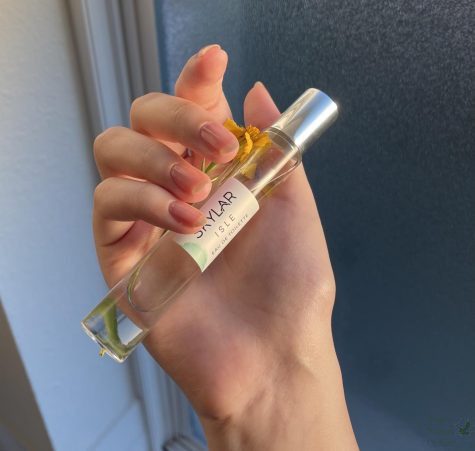
My current favorite perfume is Skylar’s Isle, a beachy and refreshing scent with the key notes of citrusy bergamot, cardamom and sandalwood, which is also a vegan, cruelty-free and hypoallergenic perfume. According to Skylar’s website, the Taiwanese-American founder of Skylar, Cat Chen, founded Skylar in 2017 after her everyday perfume caused her infant daughter to experience allergic reactions. Cat created the Skylar brand and found a way to make fresh, inspiring scents that are cruelty-free, hypoallergenic and safe for sensitive skin. Skylar today consists of an all-female board, ongoing philanthropic partnerships and monthly diversity and inclusion seminars.
Today, Angel is not my most frequently used perfume, but I still think of how I felt when I was younger, trying on my aunt’s perfume for the first time and when I’d wear it. I’ll never forget my introduction into the world of scents and self-confidence.
Your donation will support the student journalists of Prosper High School. Your contribution will allow us to purchase equipment and cover our annual website hosting costs.

Honors, Experience and Awards:
5 Best of Sno publications.
5th place in Copy Editing, district UIL meet 2021
Honorable mention- Podcast interview, 2021 TAJE Fall Fiesta
UIL Journalist 2020-2021, 2021-2022
Quill and Scroll Society member 2021-2022
1st place in Copy Editing for CENTEX UIL meet 2021-2022
3rd place in Copy Editing for Aubrey UIL meet 2022
2nd place in Copy Editing for NorTex UIL District meet 2022
National Silver award for poetry from the Scholastic Art & Writing organization
National Recognition Award from College Board
AP Scholar with Distinction Award
2 Best in Texas News & Broadcast Awards, 2022: Personal Opinion Column- Honorable Mention, News Story- Honorable Mention
President of the Classic Book Club, 2020-onwards
Member of the National Spanish Honors Society (NSHS)
PHS Award for Academic Excellence in Newspaper II, 2022
Dean’s Scholarship for Cornell University Pre -College Program
Sibley Scholarship for Brown University Pre -College Program
CIEE Global Navigator Scholarship


